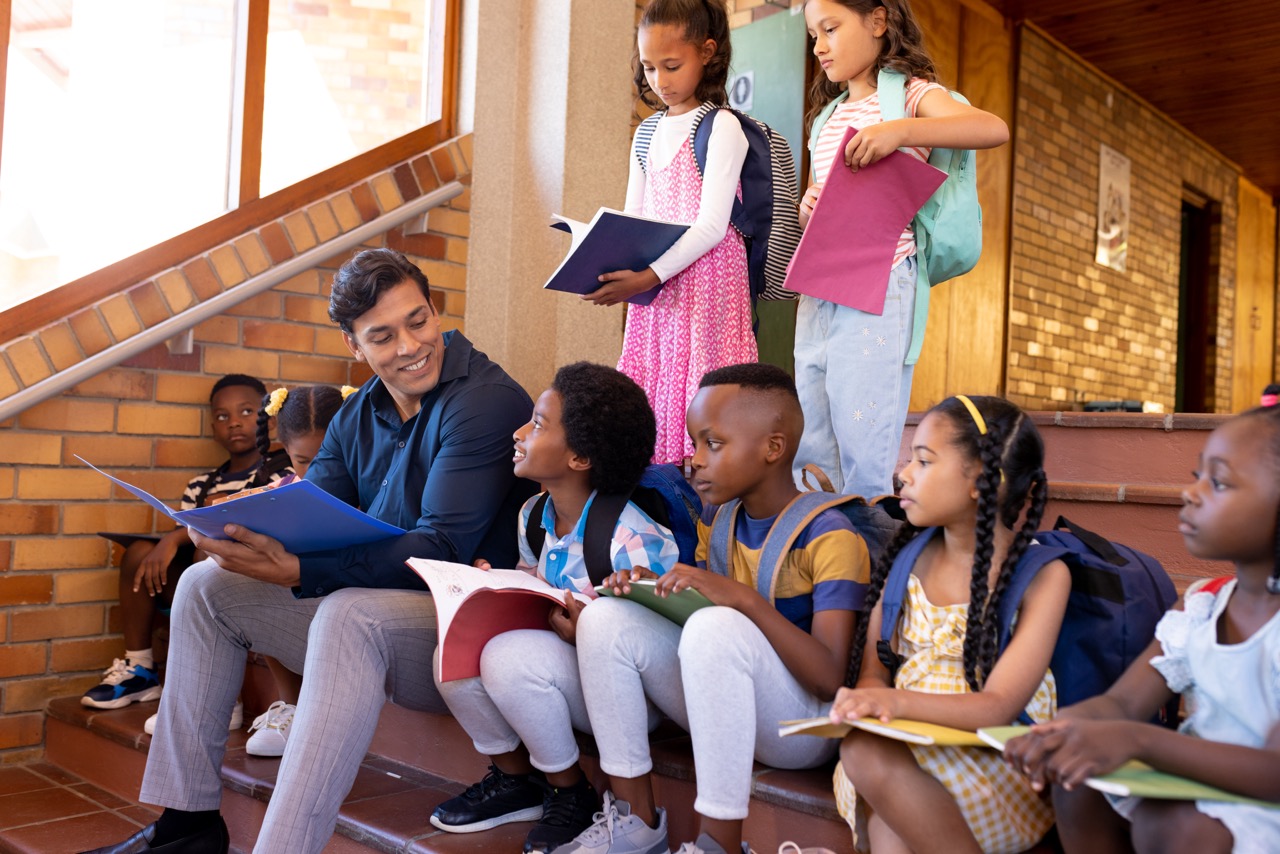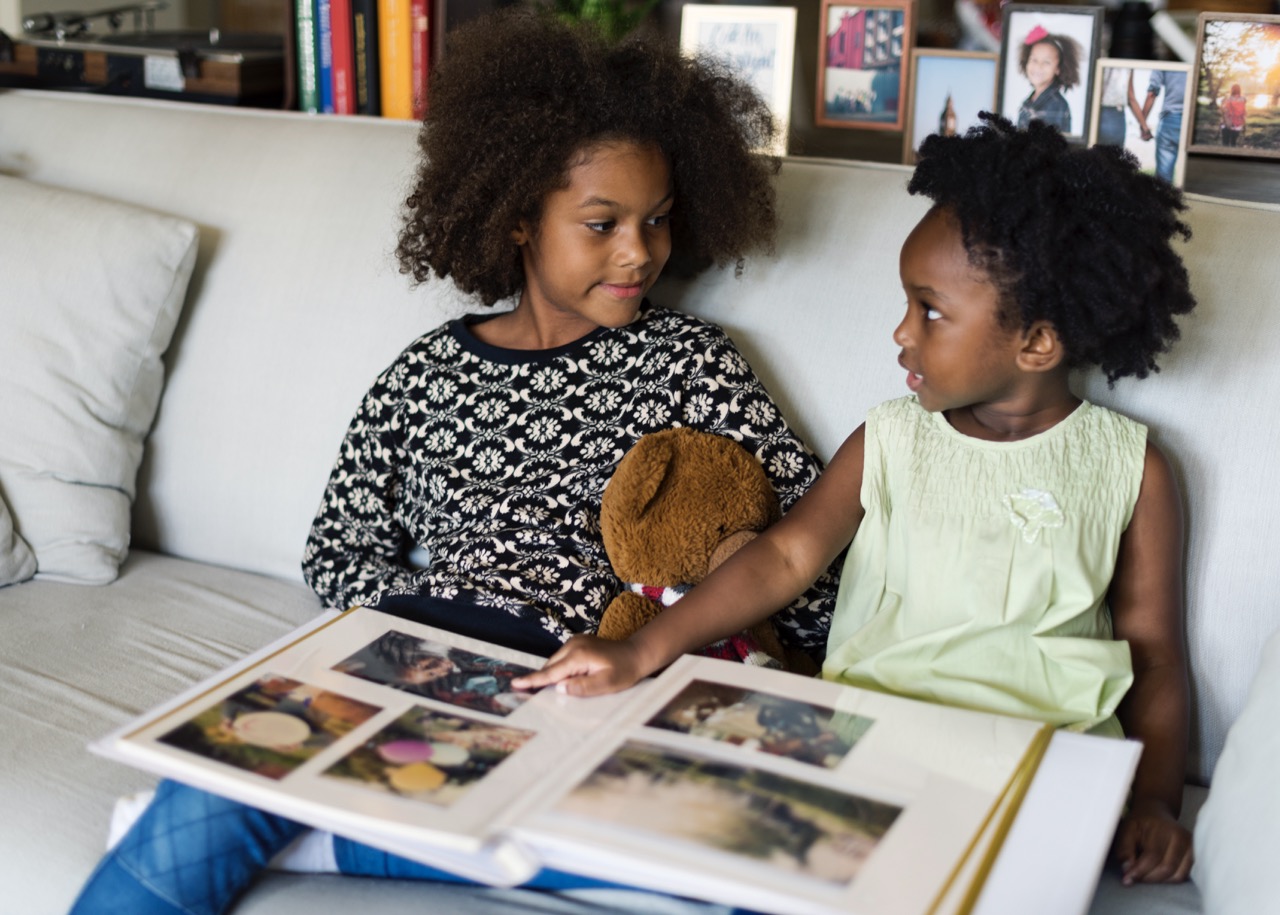In a world overflowing with digital distractions, fostering a love for reading among children can be a challenge. However, historical fiction stands out as a genre that not only captivates young readers but also enhances their understanding of the world. By weaving facts with engaging narratives, historical fiction serves as a bridge to the past, creating a rich tapestry of events, cultures, and experiences. This article explores the numerous benefits of reading historical fiction for kids, focusing on how it unlocks imagination, fosters empathy, enhances critical thinking, builds language skills, and inspires lifelong learning.
Unlocking Imagination: The Power of Historical Fiction
Historical fiction transports readers to different times and places, allowing them to experience worlds that are often vastly different from their own. By immersing kids in vibrant settings and compelling plots, this genre sparks their imagination and encourages creative thinking. Children are not just passive consumers of information; they become active participants in the stories, visualizing characters and environments that shape their understanding of history.
Furthermore, historical fiction often incorporates real events and figures, giving readers the opportunity to explore complex realities through the lens of imagination. This blend of fact and fiction creates a powerful learning experience that resonates with young minds. As they navigate through different eras, kids develop an appreciation for the nuances of history, igniting their curiosity and desire to learn more about the past.
Additionally, the imaginative aspects of historical fiction extend beyond the pages of the book. Inspired by their reading, children may engage in creative projects, such as writing their own stories, crafting period costumes, or even exploring historical sites. These activities not only deepen their connection to the material but also foster a lifelong passion for exploration and discovery.
Connecting Kids to the Past Through Engaging Stories
Historical fiction serves as a vital tool for connecting young readers to the past in a way that textbooks often cannot. By presenting history through engaging narratives, children can relate to characters and their experiences, making historical events feel more tangible and relevant. This personalized approach helps alleviate the often intimidating nature of history, transforming it into a narrative they can understand and appreciate.
Through relatable characters, kids can witness the struggles and triumphs of individuals from different time periods. This connection helps demystify historical events, allowing children to grasp the significance of these moments as they reflect on the lives of those who lived through them. Such connections cultivate a sense of belonging to a larger human story, enriching their understanding of the world and encouraging them to contemplate their own place in history.
Moreover, the emotional engagement that arises from these stories can foster a deeper understanding of the complexities of history. By exploring themes of conflict, resilience, friendship, and courage, readers gain insights into the human experience that transcend time and culture. This emotional resonance makes historical events more memorable, embedding them in the minds of young readers long after they’ve turned the last page.
Fostering Empathy: Understanding Diverse Perspectives
One of the most profound benefits of reading historical fiction is its ability to foster empathy among young readers. By immersing themselves in the lives of characters from different backgrounds and experiences, children learn to appreciate diverse perspectives and cultures. This opportunity to step into someone else’s shoes helps cultivate understanding and compassion, critical qualities in our increasingly globalized world.
As readers navigate through the challenges faced by characters in historical fiction, they may encounter issues such as poverty, discrimination, and resilience. These narratives allow children to confront difficult topics in a safe and relatable way, encouraging them to think critically about societal challenges both in the past and present. This understanding can inspire young readers to become advocates for social justice and change, empowering them to make a positive impact in their communities.
Moreover, exposure to diverse voices through historical fiction can enhance cultural awareness and appreciation. By following characters from various ethnicities and backgrounds, children gain insights into the richness of human experiences. This exposure not only broadens their worldview but also helps dismantle stereotypes and prejudices, fostering a sense of unity and respect among different cultures.
Enhancing Critical Thinking with Historical Context
Reading historical fiction encourages critical thinking by prompting children to analyze and question the events unfolding in the narrative. Historical fiction often presents complex characters faced with moral dilemmas, allowing kids to engage with themes of right and wrong, justice, and the consequences of choices. This engagement encourages them to think critically about the values and ethics depicted in the stories.
Furthermore, as young readers explore the historical contexts behind the narratives, they develop a better understanding of cause and effect. They learn to make connections between historical events and their impact on society, recognizing patterns that can inform their understanding of the present. This analytical approach fosters a mindset geared toward inquiry, equipping children with the skills necessary to critically evaluate information.
The skills gained from reading historical fiction extend beyond the realm of literature. By fostering critical thinking, children become more adept at problem-solving and decision-making in their daily lives. They learn to approach challenges with a thoughtful mindset, enabling them to analyze situations from multiple perspectives and arrive at well-informed conclusions.
Building Vocabulary and Language Skills Through Reading
Engaging with historical fiction presents children with a rich vocabulary and linguistic structures that enhance their language skills. The diverse settings and characters often require the use of specialized terminology, thereby expanding children’s vocabulary in context. This exposure helps young readers develop a more nuanced understanding of language, which is crucial for effective communication.
In addition to vocabulary enhancement, reading historical fiction allows children to observe different writing styles and narrative techniques. As they encounter various authors’ voices, kids gain exposure to storytelling methods that can inspire their own writing. This literary diversity encourages creativity and fosters a love for language that can last a lifetime.
Moreover, discussions sparked by historical fiction can further amplify language development. As children share their thoughts and insights with peers or adults, they practice articulating their ideas, refining their speaking and listening skills. These conversations around the text encourage critical engagement and comprehension, enriching their overall literacy experience.
Inspiring Lifelong Learning and Curiosity About History
The allure of historical fiction lies in its ability to awaken a sense of curiosity about history in young readers. As kids journey through different eras and cultures, they often find themselves wanting to learn more, prompting them to seek out additional resources such as documentaries, biographies, and historical websites. This quest for knowledge nurtures a habit of lifelong learning that can extend far beyond the classroom.
Moreover, the interest piqued by historical fiction can lead children to explore related subjects, such as geography, art, and social studies. This interdisciplinary approach enriches their educational experience, as they connect literature with other areas of study, fostering a more comprehensive understanding of the world. By seeing the interconnectedness of knowledge, kids come to appreciate the value of learning as a continuous journey.
Additionally, the inspiration drawn from historical fiction often translates into participation in history-related activities, such as museum visits, historical reenactments, or local community events. These experiential learning opportunities allow children to engage with history firsthand, deepening their appreciation for the past and encouraging them to become informed citizens who value their heritage.
In conclusion, the benefits of reading historical fiction for kids are manifold, touching upon imagination, empathy, critical thinking, language skills, and an enduring curiosity about history. By diving into these captivating narratives, children not only enhance their understanding of the past but also develop essential life skills that will serve them well into adulthood. In a rapidly changing world, instilling a love for reading and a passion for history through historical fiction is one of the most valuable gifts we can offer our children, empowering them to become informed, empathetic, and curious individuals.










